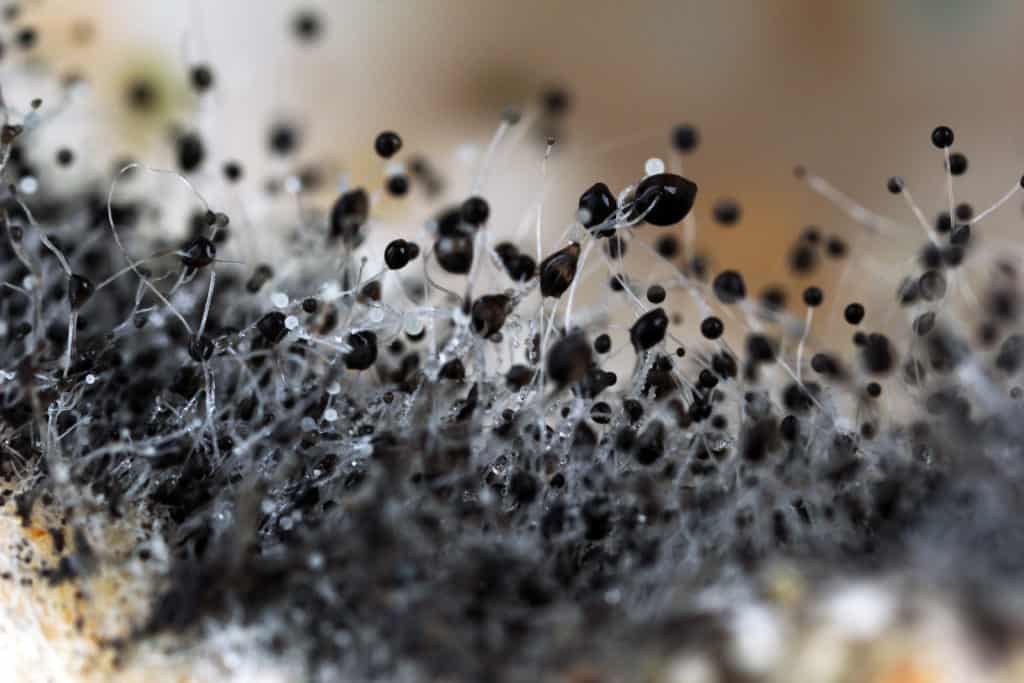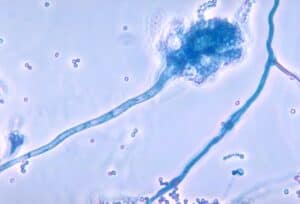Most of us have learned of the dangers of mold. The microscopic fungi thrive in environments where moisture can remain unchecked for an extended period. While we understand an inherent risk to our health from mold exposure, most of us are not sure how long it takes to start taking its toll.
Sometimes referred to as the “silent killer,” many people are surprised to discover mold has been growing in their homes for quite some time. How long has it been there? Often there is no way to tell. So, if you’ve found mold has been growing in your home, you may wonder just how much damage it has already done.
It’s a legitimate question to a genuine problem, but the answer is difficult to determine. Several factors may come into play when determining how long it takes for mold to affect you, and since each case is different, you may have to do a little more digging before fully grasping the extent of the risks.
No Two People are Alike.
Some people have an immediate reaction when exposed to mold, while others may not experience symptoms for days, weeks, or months. One of the reasons for this disparity is each individual’s health:
- Allergies: People with allergies often have a compromised immune system. Their bodies will react to inhaling mold spores as if they were foreign objects. In these cases, the effect is immediate. To expel the spores, they will start sneezing, and the nasal cavity will swell up to prevent any more spores from being inhaled.
- Sensitivity: How much you inhale can also be a factor, especially if you are sensitive to mold spores. If you inhale large amounts of spores, you will likely develop symptoms much faster than with smaller amounts. Your health also plays a role in how quickly you react. Those who do not have sensitivities will have very few or no symptoms at all.
- Length of exposure: If you’re not subject to sensitivities or allergies, it could be quite a while before you experience any symptoms. Many people can live with mold for a long time and never show any signs of physical distress. However, this does not mean that prolonged exposure is not doing damage.
- Proximity: How close you are to the mold can also play a role. If you’re closer to the affected areas, you will develop symptoms much more rapidly than in an arid, open space. You will also have a more rapid response if you’re in direct contact and handling things with a moldy surface.
The bottom line is that mold affects all of us differently. But don’t assume that since you have no symptoms, mold spores are not already at work, compromising your health. The fact is that once you start showing symptoms, the mold may have already been at work in your body for some time.
Common symptoms of mold exposure:
- Nasal congestion
- Watery eyes
- Blurry vision
- Difficulty breathing
- Constant cough
- Sore throat
- Sneezing
- And headaches
If you are experiencing any of these symptoms, especially chronic, you may want to have the air quality in your home checked for possible mold exposure.




